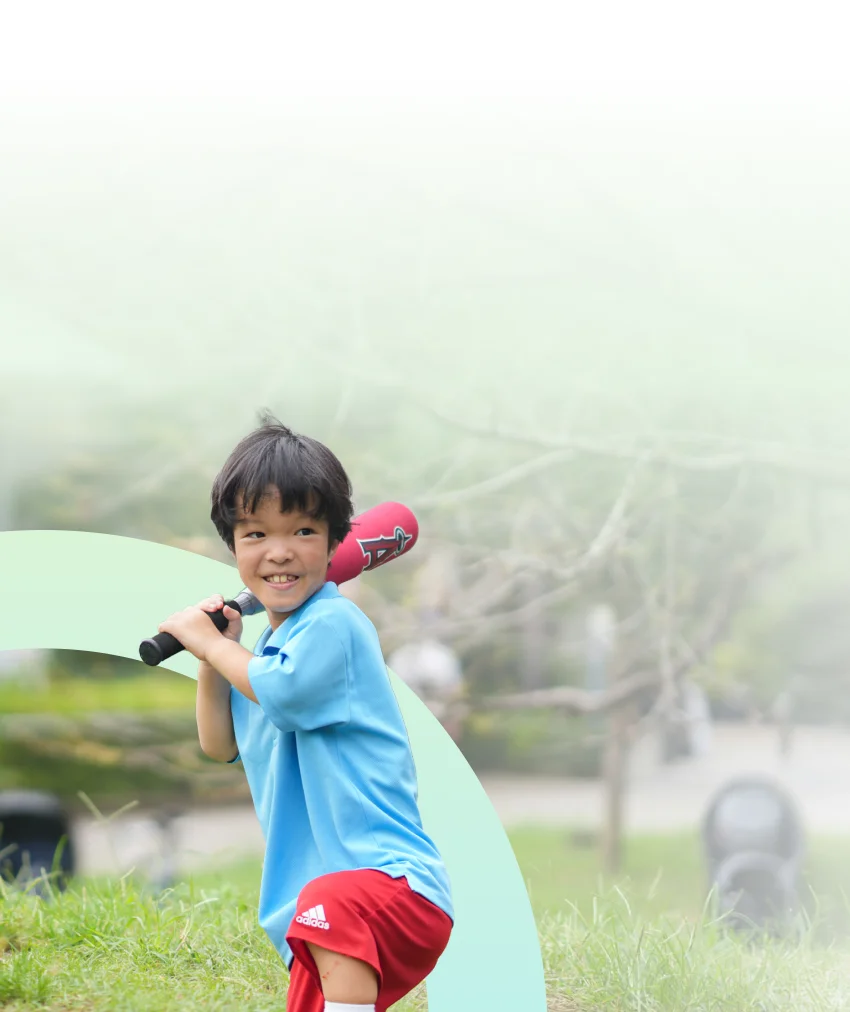Home and clothing adaptations
Home adaptations
Children with achondroplasia build skills and independence just like their peers, though they may do some things differently. Simple adaptations can help them manage personal hygiene, participate in routines, and take on new responsibilities on their own.
Toileting and personal hygiene are important areas where small changes can make a big difference. Tools or modifications like a reach extender, step stool, or child-sized toilet can support your child’s independence and comfort. For practical tips about toileting, visit Beyond Achondroplasia’s toileting guide.
Some children may also have limited ability to straighten the arm at the elbow or move the hip forward and backward (also called joint contracture). Occupational therapists can recommend strategies and tools, such as reach extenders, to help with restricted arm reach. Physical therapists or pediatric orthopedic specialists can suggest exercises to help hip mobility and recommend seating or positioning changes to support comfort and movement.
Helping your child create a day that works for them.
This worksheet helps you and your child explore their daily routines and find small changes that can make things easier, more comfortable, and support their independence.
My Day, My WayDownload PDF
For more ideas, explore:
- Little People of America’s (LPA) home adaptations and adaptive products
- Beyond Achondroplasia’s home adaptations and gadgets
Please speak with your child’s care team about what adaptations
may work best for your child and your home.
Clothing adaptations
As your child gets older, finding clothing that fits and is age-appropriate may become more challenging; however, having clothing that reflects your child’s identity is important for their confidence and self-esteem.
Tailoring may be required, which usually involves shortening the sleeves and pants. You can explore more achondroplasia-friendly clothing ideas here. Some advocacy organizations also host clothing swaps throughout the year.
